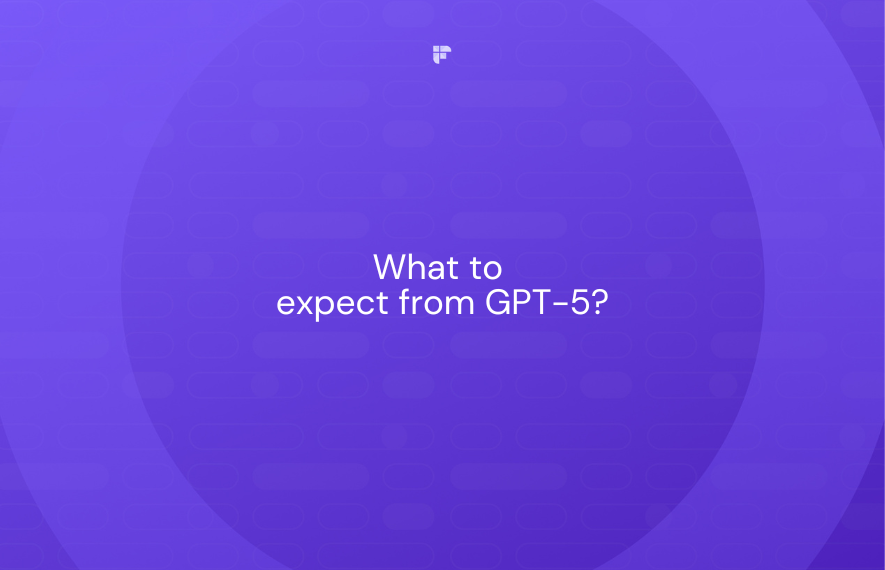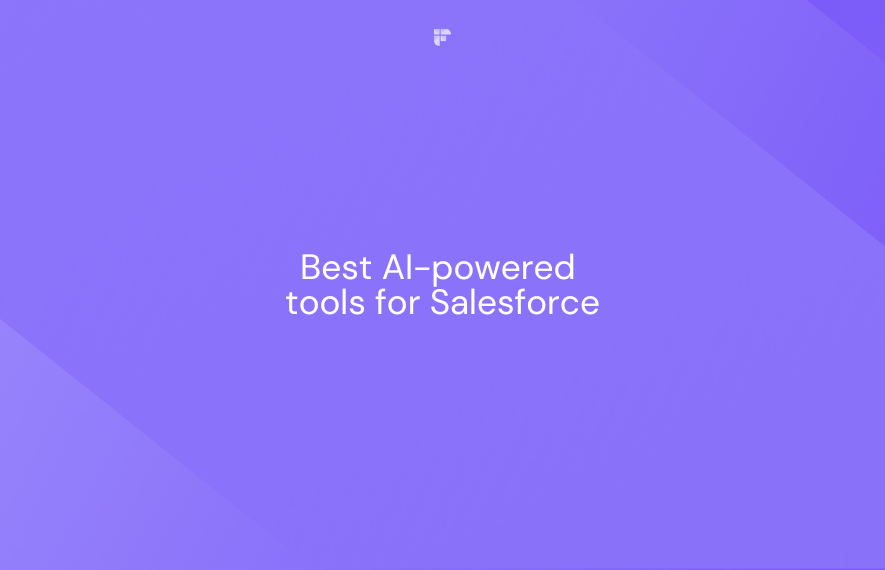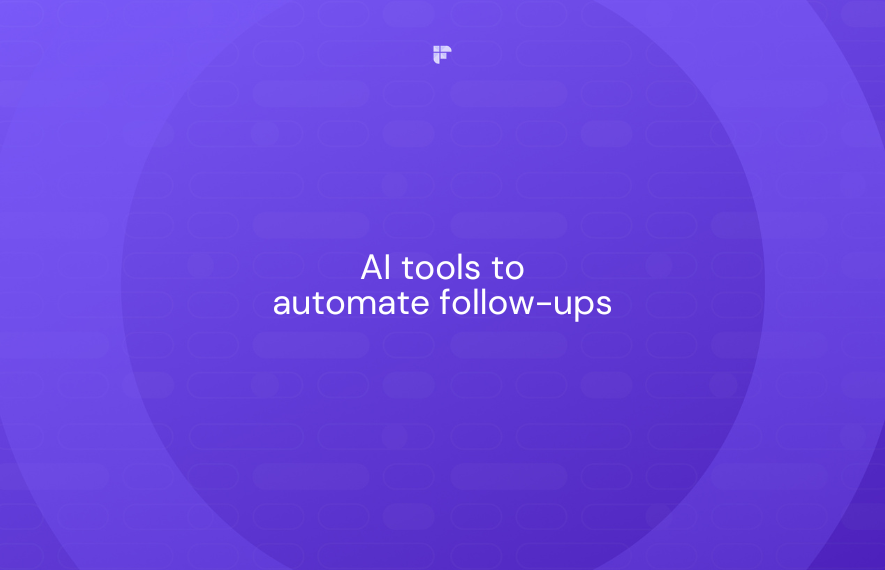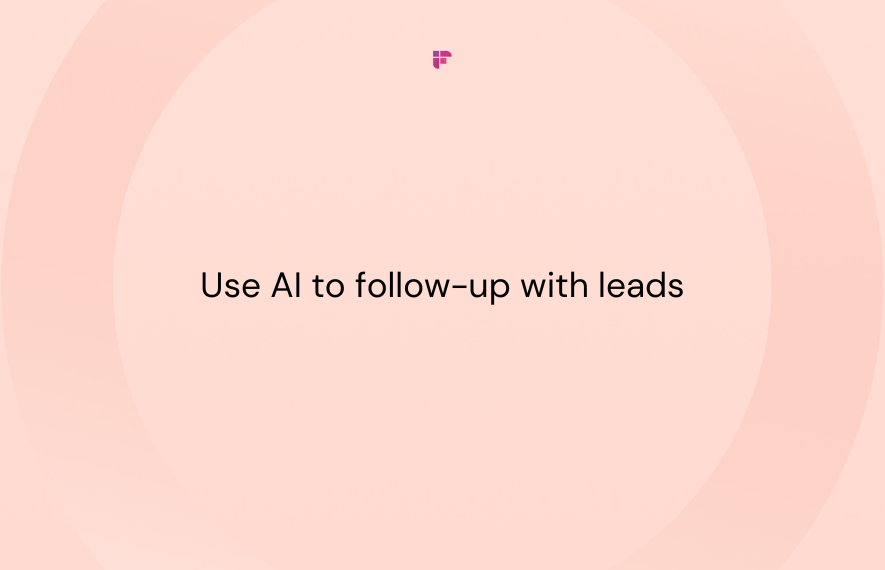GPT-5 is the upcoming large language model from OpenAI and is expected to be a significant upgrade from GPT-4. Though not enough is known, speculation abounds regarding its performance and features.
In this article, we'll try to understand what GPT -5 is, its release date, and what we can expect from it.
What is GPT-5?
GPT-5 is the much-anticipated next-generation AI language model from OpenAI. While its details remain scarce, OpenAI filed a trademark application for GPT-5 in July 2023, suggesting the new model may be on the horizon.
The application hints that GPT-5 will advance natural language processing capabilities through larger datasets and more advanced machine learning.
Building upon the success of its predecessors, GPT-3 and GPT-4, which boasted 175 billion and over one trillion parameters, respectively, GPT-5 is expected to utilize an even larger dataset, potentially reaching multiple trillions of parameters.
This expansion implies a significant capability enhancement, particularly in natural language processing, reasoning, creativity, and overall versatility.
Public sources also suggest that GPT-5 will redefine AI with the possibility of reaching Artificial General Intelligence (AGI). More on that later.
GPT-5 release date
There is no official information from OpenAI about the specific release date of GPT-5.
Some sources suggest that OpenAI may be waiting to release GPT-5 until they address concerns surrounding ethical implications and potential risks associated with advanced AI technology.
Based on the available information, it's difficult to predict when GPT-5 will be released. It could be sometime in 2024 or even later.
What to expect from GPT5?
"The number of things we've gotta figure out before we make a model that we'll call GPT-5 is still a lot"—Sam Altman
OpenAI has not made any official disclosures about GPT-5. Though Altman has confirmed that the team has started working on GPT-5, it is still in the training phase.
Here’s what we can expect based on the current AI landscape and the company’s track record.
1. Data training
OpenAI has deployed a new web crawler, GPTBot, to expand its datasets by collecting publicly available information from the internet.

Regarding the specifics of GPT-5, it is anticipated that an increased volume of data will be required for the training process. As mentioned earlier, it will be more than that of GPT-4. This data will likely be sourced from publicly accessible information on the internet and proprietary data from private companies.
2. Better accuracy
One of the challenges AI models such as GPT-3, 3.5, and 4 face is the accuracy of their responses. While GPT-4 made improvements in this area, it couldn’t completely remove "hallucinations" or false or misleading information from its outputs.
According to OpenAI's report, GPT-4 hallucinates substantially less than GPT-3 and the previous version.
GPT-4 has accuracy levels above 80% across science and history categories. There is also a significant improvement in accuracy for other categories.
The expectation is for GPT-5 to have less than 10% hallucinations so that users can trust language models.
3. Comprehensive multimodality
Given the rise of multimodal AI systems like Microsoft's Bing Chat and Google Bard, it is highly likely that GPT-5 will also incorporate comprehensive multimodality. This means the ability to fluidly process and generate text, images, audio, video, and 3D content.

While not confirmed, GPT-5 may be able to receive inputs in any of these mediums and accordingly output responses in the appropriate format. Essentially, it could hold natural conversations across multiple modes of communication. Such versatility would allow remarkably rich, interactive user experiences.
Though speculative for now, building robust multimodal literacy seems a basic requirement for GPT-5 to remain state-of-the-art. This expectation aligns with OpenAI's emphasis on meaningful leaps in usability with each model evolution.
4. Pursuing cost-effective scaling
Anthropic has made a significant leap in large language models with the release of Claude Pro, which can process a staggering 200,000 tokens at once. This represents a 500%+ increase over GPT-4's limit of 32,000 tokens, setting a new industry benchmark.
This enhanced capability allows Claude Pro to digest entire codebases in one go, opening up a world of possibilities for developers. Additionally, Anthropic boasts "meaningful improvements" in comprehension and summarization, particularly for complex documents like legal contracts, financial reports, and technical specifications.

These advancements put pressure on OpenAI as it strives to maintain its position at the forefront of the LLM field. To compete effectively with Claude Pro, OpenAI will need to address three key challenges:
- Reducing cost: OpenAI's models are known for their high price point, which can limit their accessibility to researchers and developers.
- Scaling down size: The large size of OpenAI's models can also be a barrier to adoption, requiring significant computational resources to run.
- Maintaining performance: Any attempt to reduce cost or size must be balanced with the need to maintain the performance and capabilities that OpenAI's models are known for.
We can expect OpenAI to overcome these challenges with a GPT-5 release that is smaller, cheaper, and more efficient. This next-generation model will likely incorporate advancements in architecture and training methods, allowing it to achieve the same level of performance as GPT-4 while requiring fewer resources. Additionally, OpenAI may explore new pricing models to make its models more accessible to a wider range of users.
Will GPT-5 achieve Artificial General Intelligence (AGI)?
Altman has expressed hopes to one day create systems with AGI - AI that can match human-level cognition. Some speculation around GPT-5 has included whether it could display signs of progress towards this theoretical concept.
However, most AI experts estimate we are still years away from developing true AGI. A recent forecast predicts AGI may not emerge until at least 2032.
Moreover, the path to AGI is paved with ethical concerns. Despite the potential benefits, a petition led by prominent figures like Elon Musk and Steve Wozniak urged a pause in development beyond GPT-4. This petition reflects the growing anxieties surrounding advanced AI among governments and the general public.
With GPT-5 development already underway, the ethical implications debate intensifies. Will it be a revolutionary step towards AGI, or will ethical considerations reign supreme? Only time will tell how this captivating narrative unfolds.
Final thoughts
Looking forward to GPT-5 and its transformative potential, we at Fireflies are excited about what lies ahead. Altman's words, "This is going to be a very different world," set the stage for industry anticipation.
While GPT-5's details are yet to be revealed, OpenAI's track record hints at what's in store. GPT-5's potential to redefine AI, approach AGI, and enhance accuracy is noteworthy. Its focus on multimodality and tackling challenges like cost-effectiveness and scalability is promising.
However, ethical concerns and debates about responsible development loom as GPT-5 progresses.
As we await GPT-5's release, one thing is clear: the AI landscape is on the cusp of another transformative era, shaping an unpredictable future.








